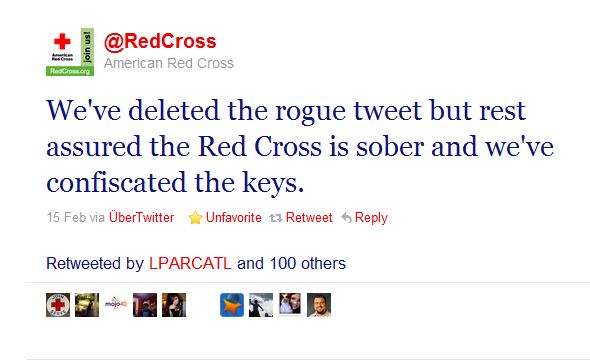Even though we are still just anticipating the storm, some serious efforts are being deployed, particularly in crisis mapping: Tweak the Tweet, ESRI, Google Crisis Response and others, are using this tool to gather info. Anyone can see how easy info overload can happen.
Now, go forward in time, let's say 24 hours, and all those channels, at the local, state and even federal level, are totally jammed with requests for assistance, witness accounts of the evolving situation, and comments on how the response is being handled. It all becomes a big noise ...
Information should be the most valuable commodity for an incident commander or an EOC director. If we adopt the view of "whole of community" approach to preparedness and resilience. we should also aim for "community-based situational awareness" or a fully comprehensive user-defined operating picture.That means integrating intelligence from social listening activities.
That's where the value of SMEM (social media in emergency management) really comes to the fore. The social convergence (mobile tech + social networks) results, on one hand, in empowered volunteers (organized or spontaneous), and in greater scrutiny and even criticism, on the other hand.
All this results in a veritable flood of information that could have an impact on any incident response, from ops to the PIO function. So, I'm thinking the time has come to modify the ICS/NIMS structure and add a formal intelligence officer position as part of the command staff. I've talked before about the need to make a similar change in terms of providing emergency information.
I know making change to the doctrine is not a popular topic but times change, how people consume and produce information has changed as well. I also know that span of control issues could arise by adding another command position (if you add the general staff and command staff chiefs/positions ...).
But the environment of any incident has changed because of social networks. Information is available in real-time and should be added to the decision making process. Now, I'm not talking about an Intel Officer position in the sense of criminal intel (for my law enforcement friends who might be troubled by access to this kind of info) or in the normal military sense. This concept of an incident intelligence officer is more in the contextual analysis and environment that surrounds every disaster or crisis.
It's more akin to an information manager role, controller of all the data that's available to command. The photographer/developer who puts all the available operating pictures into a useful mosaic of ops pictures ... to come up with a "global view" of the incident.
I see the benefits as follows:
- better, more comprehensive, community-based situational awareness for command
- supports better decisions by giving more info for the allocation of strategic resources in tough fiscal environments
- makes reporting up to higher echelons (political or otherwise) easier with a more "constituency-oriented" picture of what the incidents means ...
I'm sure this will get a lot of comments ....looking forward to them!



